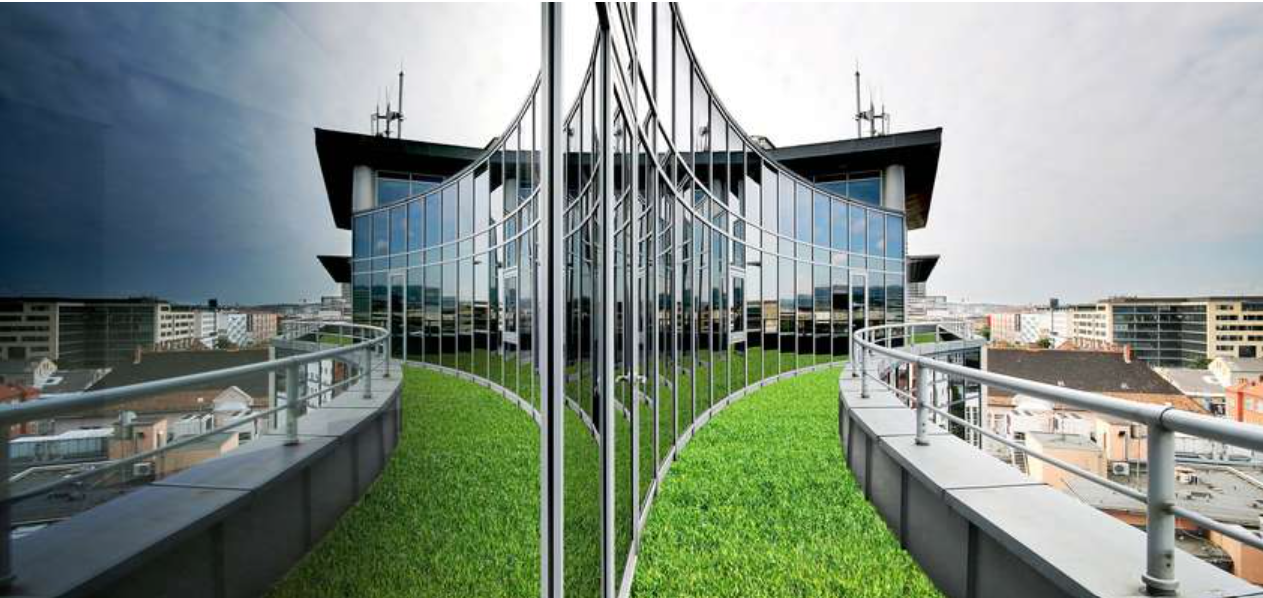The green contract hits the real estate market: those who miss out are left behind
Globally, buildings are responsible for 38-40% of humanity's total greenhouse gas (GHG) emissions, and 70% is emitted through energy consumption.
“As one of the largest players in the real estate and office management market, CPI already set its sustainability goals in 2017. It aims to reduce its GHG emissions by 34.2% across its entire portfolio and to cover its energy consumption exclusively from renewable energy after 2024. The latter target was already met in the Hungarian portfolio in 2022, reducing the GHG emissions of the properties by 55% compared to 2021,” explained Henrietta Budai, sustainability manager at CPI Hungary.
To support not only its own sustainability (ESG) goals, but also those of its tenants, the real estate management company introduced a completely new type of contract to the market in April 2022: a sustainability agreement, more commonly known as a green lease. The document is technically an annex to the lease agreement and is now automatically included in new and renewed leases.
“Green leases are about working with tenants to reduce the environmental impact of the building and its leasable areas. We formulate common goals and implementation proposals, based on mutually shared values and sustainability aspirations. Together we monitor and give feedback on whether the targets set in the agreement are being met,” continued Henrietta Budai.
Twice a year, a tenants' forum allows feedback and suggestions. The parties discuss progress, plans, and new objectives. CPI can also provide awareness training on sustainable operations for its tenants, according to a press release sent to the Budapest Business Journal.
Decreasing Energy Consumption
What is included in the green lease? A key objective of the framework agreement is to reduce the energy consumption of the building. The tenant’s leaflet, which summarizes specific proposals, as well as the office worker’s leaflet, developed by CPI experts, provide several orientational tools to help.
For example, it can make a big difference to the environment if all employees turn off their desktop computers and monitors for the weekend, and the last employee to leave the “deck” turns off the central switch, CPI notes.
Switching off electrical equipment in case of extended absence is also a prudent choice. A small but useful step to all this is to appoint an energy performance officer. Tenants are wise to create warmer and cooler office zones by assessing the needs of their employees, and to ventilate air-conditioned rooms less frequently, where air exchange is automatic. Conscious use of lighting and more frequent use of stairs instead of the lift can also save a lot of energy.
Reducing water consumption is also a cardinal issue: if tenants designate drinking water points in offices, workers are guaranteed to access healthy fresh water without having to buy water stored in plastic bottles. CPI uses water-saving fittings in its properties and places great importance on leakage control so that no taps drip or leak. For workers, the leaflet recommends moderate use of running water.
In half of the buildings, CPI already collects waste separately in common areas, but tenants can do the same in their offices.
The company also considers it important to rethink the use of materials in line with circular principles. In its new office, for example, CPI kept the old glass partitions and flooring, took most of the furniture from its old office building, and encourages tenants to use furniture coated with natural substances and natural paint in their own leased premises.
Why is This Good for the Tenant?
ESG is slowly creeping into all sectors and affecting the operations of investors, suppliers, tenants, and employees. Making CPI's properties greener is not only a responsible behavior, but also a factor affecting the company’s economic performance and, through it, its tenants. If they can stay ahead of their competitors by taking sustainability steps, they can gain a competitive advantage in the market.
Energy-efficient buildings cost around 9% less to operate than conventional buildings, meaning that a company that pays attention to sustainability will be less exposed to volatile energy prices and can reduce its operating costs while mitigating market risks.
In addition, companies that embrace sustainability can access finance on more favorable terms, as nowadays these enterprises are rewarded by investors. The green bond is a clear example of this, meaning that investors favor shares in companies with lower GHG emissions.
Green criteria are also an advantage when submitting tenders: environmental considerations are taken into account in many tenders and environmentally conscious actors have a better chance of winning.
Large companies should also bear in mind that from 2025, they will also have to produce a more rigorous non-financial report on their efforts to operate sustainably (CSRD, as opposed to the preceding NFRD), as required by EU legislation. Over time, this regulation will creep into the life of every company, CPI notes.






.jpg)



